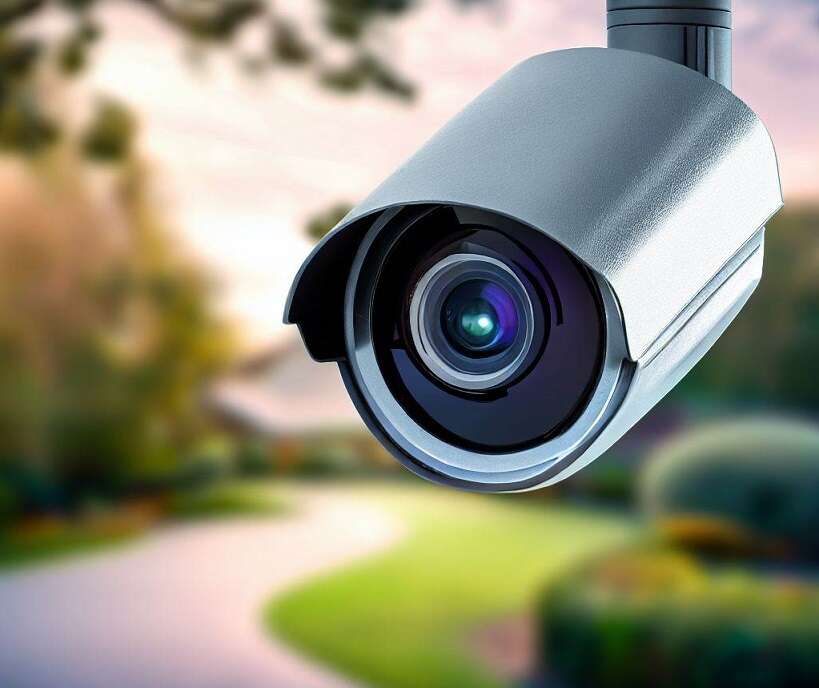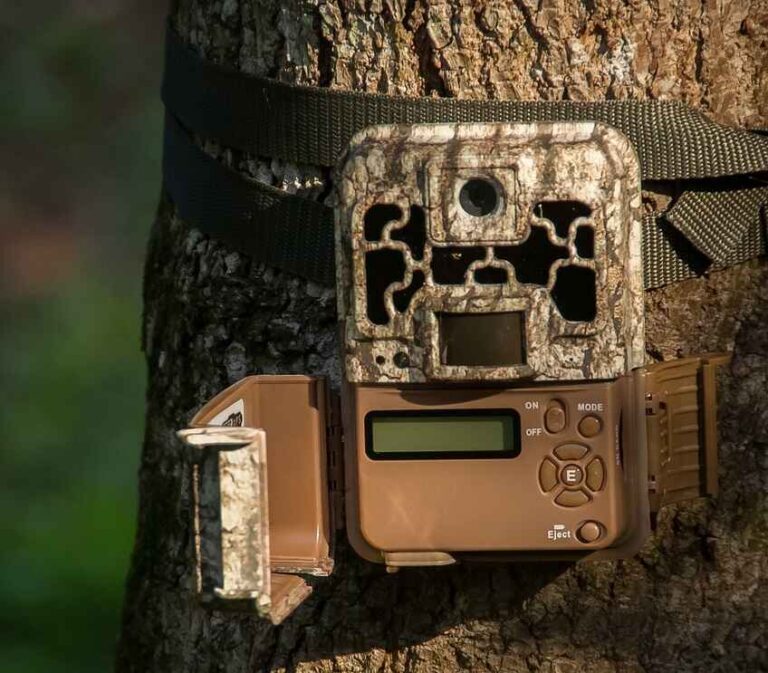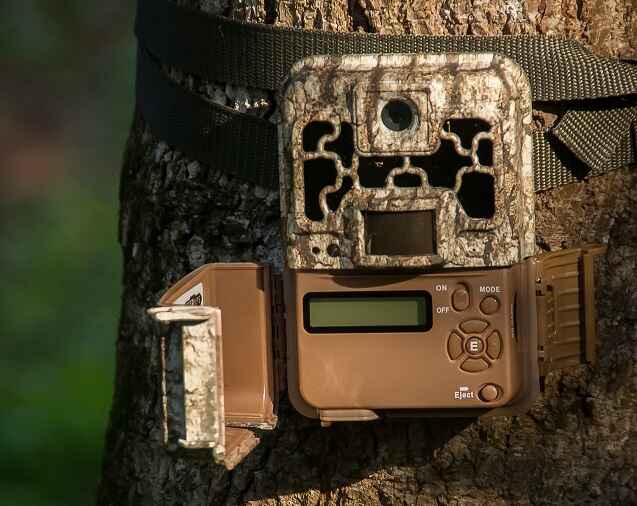What is WDR in Security Cameras?
WDR, or Wide Dynamic Range, is a technology implemented in security cameras to address the challenge of capturing clear and detailed images in scenes with varying light intensities.
These scenarios often include situations where bright areas (such as windows or headlights) coexist with darker regions (shadows or dimly lit corners). Without WDR, cameras may struggle to capture both extremes adequately, resulting in either overexposed or underexposed areas.
WDR technology enables security cameras to automatically adjust their exposure settings to ensure that both bright and dark areas are properly illuminated. This helps in producing balanced and high-quality images even in challenging lighting conditions. Essentially, WDR expands the camera’s dynamic range, allowing it to capture more details across different light intensities.

The Importance of WDR in Security Cameras
In security surveillance, the ability to accurately capture details is crucial for identifying individuals, objects, or incidents. WDR plays a pivotal role in enhancing image quality, which is imperative for investigations, evidence collection, and overall situational awareness. Here are some key reasons why WDR is essential:
Preserving Crucial Details: Whether it’s a dimly lit alley with a bright streetlamp or an indoor space with sunlight pouring in through windows, WDR ensures that no important details are lost due to extreme lighting variations.
Facial Recognition: In scenarios where identifying individuals is critical, such as in law enforcement or access control, WDR assists in capturing clear facial features regardless of varying light conditions.
License Plate Capture: For traffic monitoring or parking lots, WDR helps capture license plate numbers accurately, even when vehicles move from shadowed areas to well-lit zones.
Reduced Glare and Reflection: WDR minimizes glare from reflective surfaces, making it easier to see what’s happening both inside and outside a building.
How Does WDR Work?
WDR technology employs a combination of hardware and software techniques to optimize image capture. Here’s a brief overview of the process:
Multiple Exposures: Cameras with WDR capture multiple frames of the same scene at different exposure levels—some optimized for highlights and others for shadows.
Image Processing: These frames are then processed to create a single composite image that blends the properly exposed areas from each frame.
Dynamic Tone Mapping: Advanced algorithms adjust the contrast and brightness of different parts of the image to create a final result that shows balanced details.
Benefits of WDR in Security Cameras
The implementation of WDR offers several advantages that contribute to improved surveillance outcomes:
Enhanced Visibility: WDR ensures that objects and individuals are visible even in scenes with extreme contrasts, ensuring nothing goes unnoticed.
Accurate Color Representation: By preserving color accuracy in various lighting conditions, WDR provides more reliable information about the environment.
Better Depth Perception: WDR aids in perceiving depth and spatial relationships in a scene, which is essential for understanding the context.
Frequently Asked Questions (FAQs)
Q: Does WDR work at night?
A: While WDR is primarily designed for challenging daytime lighting conditions, some advanced cameras have low-light capabilities that can benefit nighttime scenes.
Q: Can I turn off WDR?
A: Yes, most cameras with WDR allow users to toggle the feature on or off based on their specific needs.
Q: Are there any drawbacks to using WDR?
A: While WDR greatly improves image quality, excessive adjustments might introduce a slight delay in image processing.
Q: Can WDR be used outdoors?
A: Absolutely, WDR is beneficial for outdoor surveillance, where scenes can include a mix of bright sunlight and deep shadows.
Q: Are all security cameras with WDR equal in performance?
A: Not all cameras are created equal. It’s essential to research and choose reputable brands known for delivering high-quality WDR performance.
Q: Is WDR only available in expensive cameras?
A: No, WDR technology is becoming increasingly common and is available in cameras across various price ranges.
Conclusion
In conclusion, understanding “What is WDR in security cameras?” is essential for anyone looking to optimize their surveillance setup’s image quality. WDR technology significantly enhances the camera’s ability to capture clear and detailed images in scenarios with varying lighting conditions. Its role in preserving crucial details, aiding in facial recognition, and reducing glare makes it a must-have feature in modern security cameras. As technology advances, WDR continues to play a crucial role in improving the effectiveness of surveillance systems.
Remember, when choosing a security camera, consider the presence of WDR technology and its performance capabilities to ensure that you’re investing in a reliable and effective solution.






